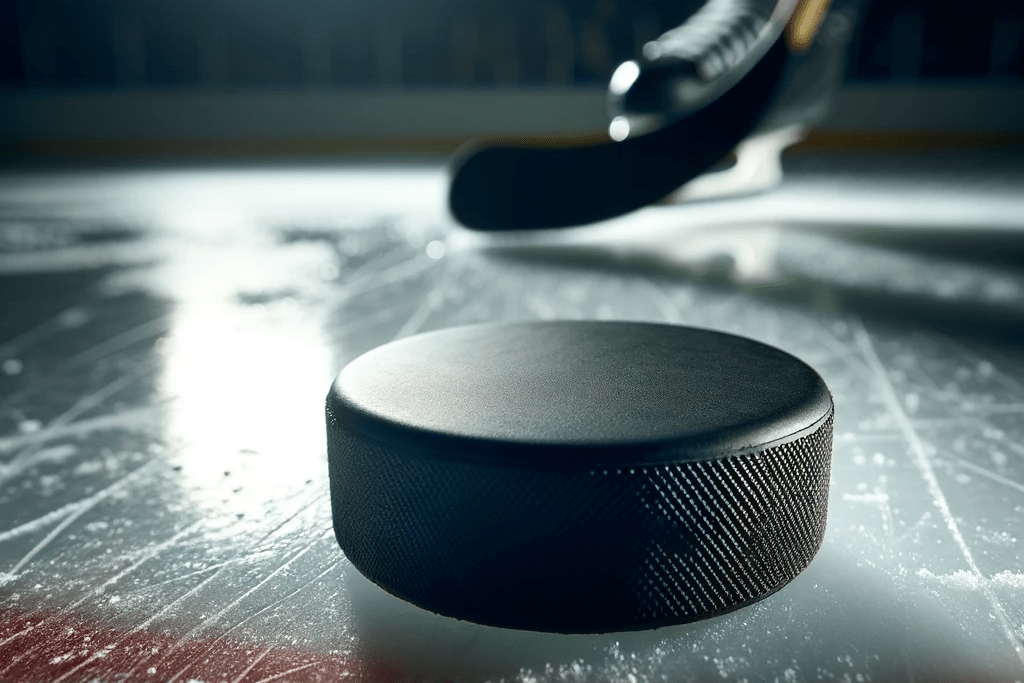Posted in Personal injury
Ensuring Safety Amidst the Excitement
Hockey games, with their electrifying atmosphere and intense moments, offer a unique blend of excitement and camaraderie. A spectator at a game is close to the action, watching players zip up and down the ice at breakneck speed. In professional games, pucks can go over 100 miles per hour, and glass can shatter as players check one another into the boards. Other than baseball, hockey spectator injuries are the most common among major sports.1
A 2000 study found that during 127 NHL hockey games, there were 122 people injured by pucks, 90 of which required stitches. Of the total injured, 45% required transport to a hospital emergency room. The study also found that females and children were injured 2.6 times more frequently than adult males. As with baseball, most reported injuries involve the head and face.2
Given these frequent injuries at games, it’s no wonder there has been legal action regarding liability. But how do you determine who is at fault?
“Assuming the Risk” at Hockey Games
The courts have largely determined that where spectators have “assumed the risk,” the venue is not liable for injuries. In other words, is it reasonable to expect a certain type of injury during a hockey game? Here are some questions courts, and personal injury lawyers, ask when determining whether a plaintiff has “assumed the risk:”
– Was the danger obvious so that the plaintiff must have assumed the risk by attending?
– Was the danger so obvious that the venue was under no duty to warn or protect the spectators?
– Is the spectator familiar enough with the game to understand the dangers?
– Are the facilities constructed in accordance with normal standards?
– Would it have been possible to have constructed additional safety features at a reasonable cost without impeding visibility?
Imagine two scenarios at a hockey game. In one, a puck flies over the safety glass at high speed and hits a spectator in the head, causing an injury. In another, the lights above suddenly detach from the ceiling and fall onto a spectator, causing an injury. In the first scenario, a spectator has assumed the risk of going to a hockey game where they could be hit by a puck. In the second, however, falling lights are not a foreseeable outcome of being at a hockey game. A spectator does not assume the risk of unforeseeable injuries.
Moving from Assumption of Risk to Liability
Let’s continue with the second scenario. If a light falls unexpectedly onto a spectator, this does not necessarily make it the venue’s fault. A thorough examination of liability includes whether the venue knew or should have known about a fault in the lighting. If it was a true fluke, even if it was unforeseeable by the spectator, it would not be the venue’s fault. The same goes for glass shattering and causing injuries to front-row spectators. If the venue failed to maintain the glass, there may be legal ground for a premises liability case. If the venue followed normal standards, it will likely be an uphill battle regarding liability.
The Role of Waivers
It’s worth briefly mentioning waivers, which some venues implement as a protective measure. Courts scrutinize waivers like any other waiver, which if reasonable and appropriate may preclude a case against a hockey venue. If you signed a waiver when you purchased tickets, ensure your attorney has a complete copy when building your case.
Proactive Safety Measures by Venues
To foster a safer environment for all, venues and organizers must take proactive steps. In 2002, after a thirteen-year-old girl was killed by a deflected hockey puck, the NHL mandated protective nets from the top of the glass to the ceiling be installed behind goals at all venues.3 Increased safety measures may include higher glass or netting, replacing old glass regularly with stronger materials, or stricter safety standards for hockey venue premises.
In an ideal world, all hockey venues would have secure physical barriers and regular safety inspections, actively minimizing both assumed and unassumed risks. This commitment to safety not only protects spectators but also reflects a shared responsibility between organizers and those attending the game. However, the thrill of the game, in part, comes from the danger, so at the end of the day, be careful when going to games.
Balancing Thrill with Legal Remedies
When people go to watch the great game of hockey, there are inherent dangers of the sport, particularly hockey puck injuries. But unless the venue owner/operator severely deviates from their duty of care, courts tend to assume a spectator has assumed the risk of going to a hockey game. Where a venue has deviated from that duty, there is likely legal ground for a personal injury case. For spectators who find themselves facing injuries, seeking legal recourse becomes crucial.
Thank you to our friends at Betz & Port, P.A. for the above blog.
1J Winslow, A Goldstein. Spectator Risks at Sporting Events. The Internet Journal of Law, Healthcare and Ethics. 2006, Volume 4 Number 2.
2Milzman, D. The Puck Stops Here: Spectator Injuries, A real Risk Watching Hockey Games. Annals of Emergency Medicine. October 2000.36(4): S24.
3See NHL ’02-’03: New Rules, new fan protection, new Red Wings, http://www.nhl.com/nhl/app?articleid=3211&page=NewsPage&service=page (October 5, 2002).



